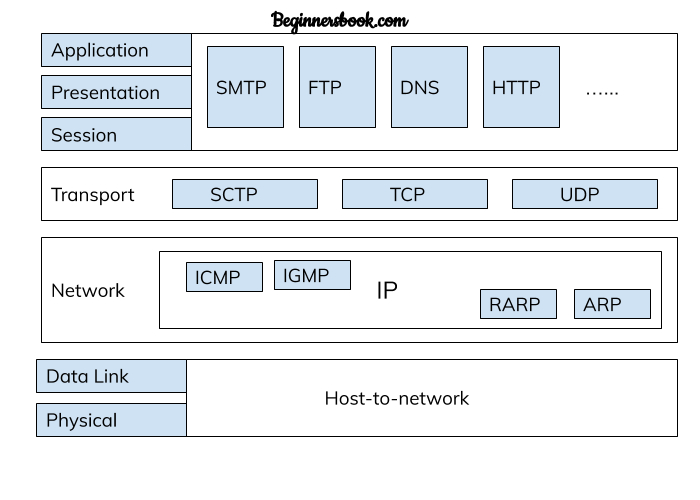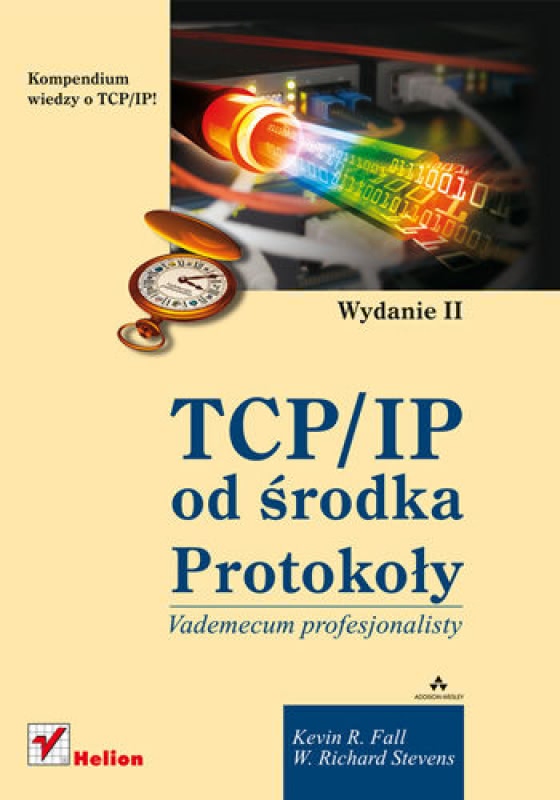
If you are interested in learning more about how connection resources are managed in SIMATIC PLCs, you can check the SIOS entry "Comparison: How are the communication resources managed in the S7-300 and S7-1500?" Understanding connection resources can be a complex topic and there are differences in the way connection resources are managed in older S7-300 and S7-400 PLCs in comparison to newer S7-1200 and S7-1500 PLCs. In the application example, we will be using the TSEND_C and TRCV_C Open User Communication blocks to create a programmed connection between two S7-1500 PLCs. Programmed connections are more complex to manage but they can be useful for managing the resources of the PLC in a more economical way. In contrast, a programmed connection can be used to establish a connection with a device when its required and to disconnect from the other device when communication is complete. This connection resource is used even when there is no connection between the PLC and the partner device. Since the connection is hardcoded, it uses a connection resource as soon as the program is downloaded. This type of connection is hardcoded in the user program. A communication connection can be established in two ways - by configuration or by programming.Ī configured connection is set up during the engineering phase of a project. In contrast, an older S7-317-2 PN/DP only has 32 connection resources.Ī connection resource is used when a communication connection is established between the PLC and another device.

For example, an S7-1516-3 PN/DP CPU has 256 connection resources available. The number of connection resources available depends on the model of the PLC being used. This connection resource is the service that manages the communication connection in the background. In a SIMATIC system, each communication connection uses a connection resource in the PLC. When you communicate with Open User Communication, you are creating a communication connection between a PLC and another device.
#LEARN TCP IP FAST ISO#
Once again, UDP is a non-proprietary protocol so it can be used to communicate with Siemens and third party devices.įor more information on the differences between TCP, ISO on TCP, and UDP, check the SIOS Entry "What properties, advantages and special features are offered by the protocols TCP, ISO-on-TCP, UDP and ISO Transport?" Connection Resources Unlike TCP, UDP is a connectionless protocol so you can't be sure that the data being sent is being received by the receiver. UDP is a communication protocol for transmitting small amounts of data at very high speeds. Unless you have a good reason, you should not select ISO on TCP as the communication protocol for new projects with modern PLCs. ISO on TCP is a legacy communication protocol that can be used to communicate with older SIMATIC devices like S5 PLCs. TCP is a common communication protocol and can be used for communication with Siemens PLCs as well as third party systems. This means that connection or communication issues can be detected and diagnosed within the user program. With the TCP protocol, a connection is established between the sender and receiver and data transmission is acknowledged. TCP is a communication protocol that is suitable for transmitting medium to large quantities of data at high speed over an ethernet cable. Let's look at each protocol in more detail. The protocols available for Open User Communication are With Open User Communications, you can use a number of different protocols to send and receive data in a PLC.

Open User Communication is a method of passing data over Ethernet in SIMATIC systems.
#LEARN TCP IP FAST HOW TO#
Demonstrate how to set up communication between two S7 PLCs using the TRCV_C and TSEND_C Open User Communication blocks.Explain the advantages and disadvantages of Open User Communication.Explain how connection resources in a PLC work.Give an introduction to Open User Communication in TIA Portal and SIMATIC systems.In this article, I'll provide a quick start guide for communication between PLCs using TCP/IP on Open User Communication. Each communication option has advantages, disadvantages, and a unique way of working. In modern PLCs, there are so many communication options available that it can be hard to decide which one to use. Often, communication between multiple PLCs is required in automation projects.


 0 kommentar(er)
0 kommentar(er)
